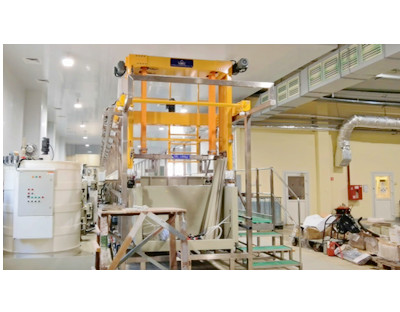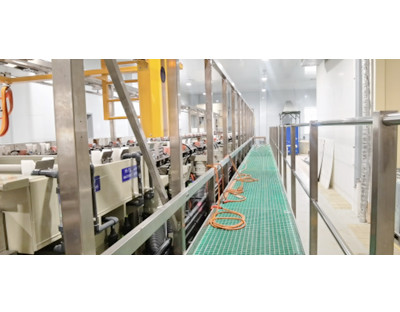This paper analyzes the types and harmfulness of electroplating waste gas, and puts forward some specific measures to reduce, treat and purify electroplating waste gas. Clean electroplating production process should be actively adopted to reduce the production of electroplating waste gas from the source.
Electroplating is not only a small but essential basic process industry in the national economy, but also a heavy pollution industry. The waste gas, wastewater and residue produced by electroplating seriously affect people’s life and health. In recent years, in the southeast coast and the economically developed inland, the number of electroplating plants and points is increasing, and the scope of electroplating processing is expanding. There is no doubt that the amount of electroplating “three wastes” is also increasing, and the environmental pollution in the electroplating area is increasing. These waste gases will pollute human beings and the environment if no measures are taken to control them. Based on years of experience in electroplating process design, the author puts forward some suggestions and measures for electroplating waste gas treatment, which provide technical reference for electroplating industry waste gas control, and is of great significance to protect the ecological environment and control air pollution.
I, Types and hazards of electroplating waste gas
1.1 types of electroplating waste gas
There are many kinds of electroplating. In addition to the four conventional plating types of zinc, copper, nickel and chromium, there are also widely used zinc nickel, zinc cobalt, zinc iron alloy plating, copper zinc, copper tin, copper zinc tin imitation plating, nickel zinc, nickel tin black plating, and gold, silver, tin and even a small amount of rare precious metals ruthenium, rhodium Palladium, indium plating, etc. At the same time, there will be metal oxidation, phosphating, passivation and other surface treatment processing. Various additives and complexes in the formulation of these process solutions are dazzling. In addition, there are still a few plating species that can not eliminate cyanide in the short term, so cyanide containing electroplating still exists in some special product electroplating. Especially with the increase of acid and alkali consumption during surface treatment before plating and deplating, it is still inevitable to produce a large amount of waste gas in the electroplating production process. Among them, there are mainly some metal dust, acid-base waste gas, organic waste gas, chromic acid mist and a variety of waste gases emitted by the heating of various electroplating bath solutions, including ammonia containing waste gas, cyanogen containing waste gas, etc.
1.2 hazards of electroplating waste gas
The harm of electroplating waste gas to human body is mainly manifested in the harm to human respiratory tract, eyes and skin. Some electroplating waste gas is colorless and tasteless, causing long-term and chronic damage to respiratory tract. After gradual accumulation, the content exceeds the limit, which will lead to bronchitis, bronchial asthma, lung cancer, liver cancer and other diseases. However, the hydrogen chloride and acid-base mist discharged from the electroplating process will cause irritation to human eyes and skin, resulting in red eye disease, dermatitis and other symptoms. Hazards to plants and buildings in the township, and emissions from electroplating process_ Sulfur oxides and nitrogen oxides are harmful to the growth of plants in the air, and even kill plants. If acid rain is formed, the buildings will be corroded and rusted.
In addition to the above hazards, the electroplating waste gas generated in the electroplating process will also cause hazards to the electroplating products. It is mainly because there are too many acid-base fog and dust in the electroplating workshop, which will have varying degrees of impact on the performance of electroplating equipment and the purity of electroplating materials in the workshop.
II, Treatment method of electroplating waste gas
According to the discharge standard of electroplating pollutants (gb21900-2008), the electroplating process and facilities must be installed with local gas collection system and centralized purification treatment before they can be uniformly discharged into the atmosphere from the exhaust funnel (thus, the electroplating waste gas can be treated in three ways: reducing the electroplating waste gas at the source, installing exhaust system and installing electroplating waste gas purification equipment.
2.1 reduce the generation of waste gas from the source
(1) In the process of oil removal by alkaline washing, rust removal by acid pickling or scale removal before electroplating, alkali mist inhibitor and acid mist inhibitor can be added to the solution respectively, so as to greatly reduce the escape of alkali mist and acid mist. At the same time, a narrow and movable wind shield can be added on both sides of the notch of each electroplating tank, which can not only cover the anode hook, anode plate and heater to make the tank surface clean, but also enhance the ventilation effect of the tank edge due to the reduction of the visible tank liquid area, thus reducing the pollution of waste gas to the workshop environment.
(2) When removing the oxide scale on steel parts, shot peening process can be used to replace some chemical pickling or acid free pickling process, which can greatly reduce the generation of acid waste gas at the source.
(3) When copper parts are cleaned with mixed acid (sulfuric acid plus nitric acid) or deplated with nitric acid, a small amount of urea can be added to inhibit and reduce the production of nitrogen oxides. Acid pickling and deplating with nitric acid are not recommended.
(4) Adding a small amount of f-53 (perfluoroalkyl ether sulfonate) into the chromium plating bath can inhibit the generation of chromic acid mist. If there are polyethylene or PVC hollow plastic balls floating on the liquid surface in the chromium plating tank, the fog suppression effect will be better.
2.2 installation of exhaust system and purification system
Considering the treatment of electroplating waste gas, the polluted waste gas can be transported to the gas purification system by installing an exhaust system to remove toxic and harmful gases. It can be seen that the installation of exhaust system and purification system is a unified whole.
The area of the electroplating plant is generally large and belongs to the same production process. The staff are distributed in the whole room. In order to maintain a certain negative pressure in the room, a fully ventilated mechanical air supply should be used. However, the pollutant sources are all electroplating tanks, and the pollutants will be directly released from the electroplating tanks during the working process. Therefore, it is only necessary to exhaust the local air of each electroplating tank first, and then treat it by quality according to the regulations, and then discharge it to the outdoor after reaching the standard. In order to exhaust evenly and reduce the resistance of ventilation and exhaust system, the turning and tee connection of air duct shall be designed along the airflow direction. In order to adjust the reasonable air volume, the air duct can also be used as a regulating damper.
In the treatment of acid waste gas, the main method for purification of acid waste gas is to spray the acid waste gas with three-stage alkali liquor, and then discharge it through the chimney. When this method is used to absorb the acid waste gas, a closed cover is installed on the vacuum pump to discharge the gas in the workshop into the spray tower equipped with packing. The removal efficiency of acid waste gas can reach more than 90%.




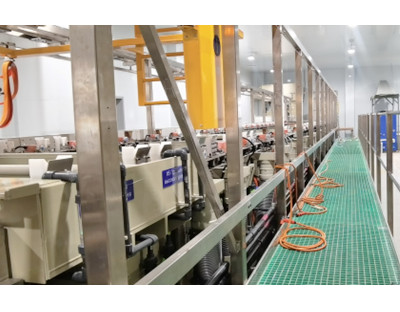
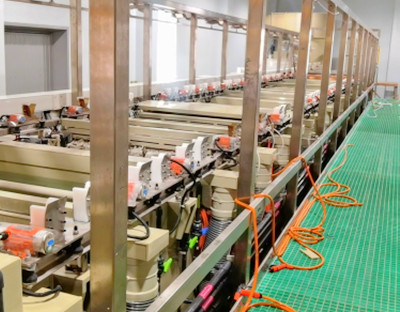
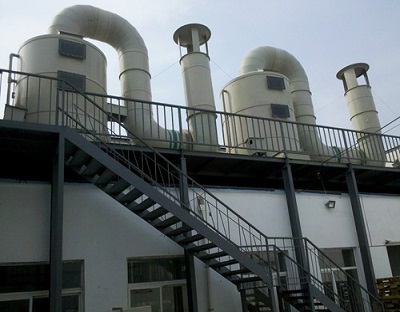
 Jul. 27, 2020
Jul. 27, 2020 